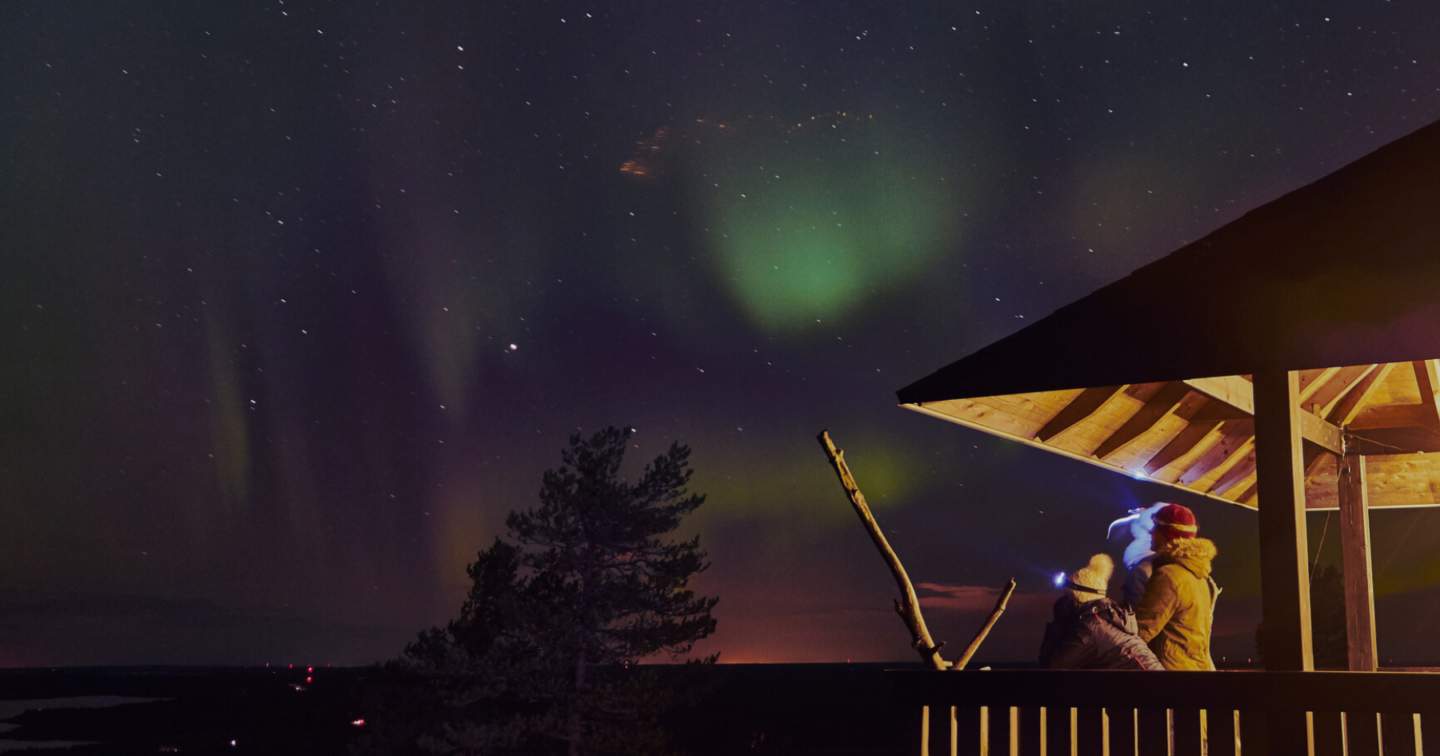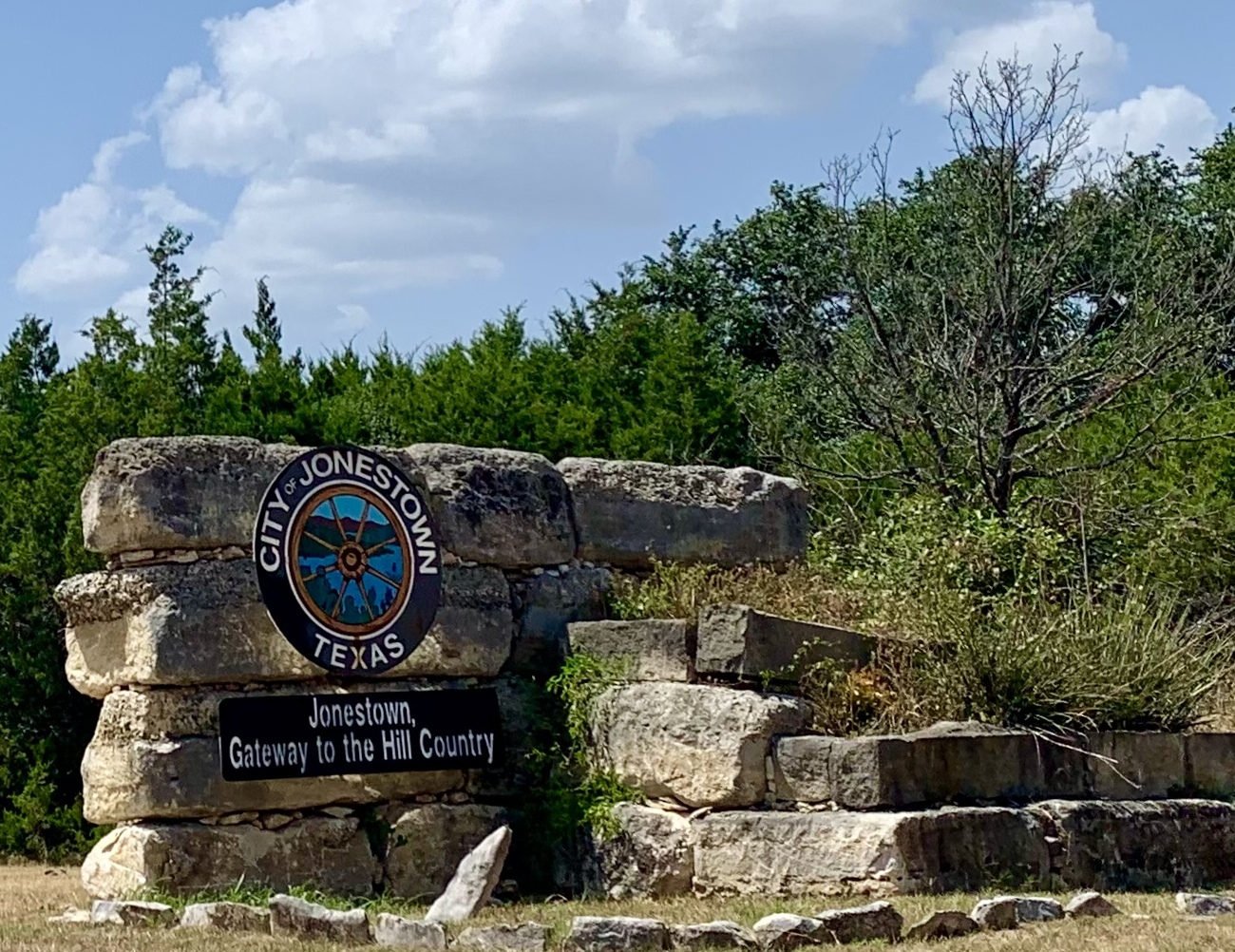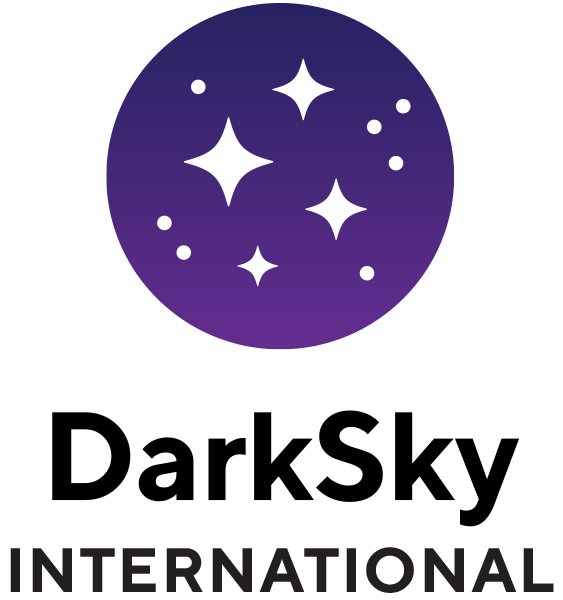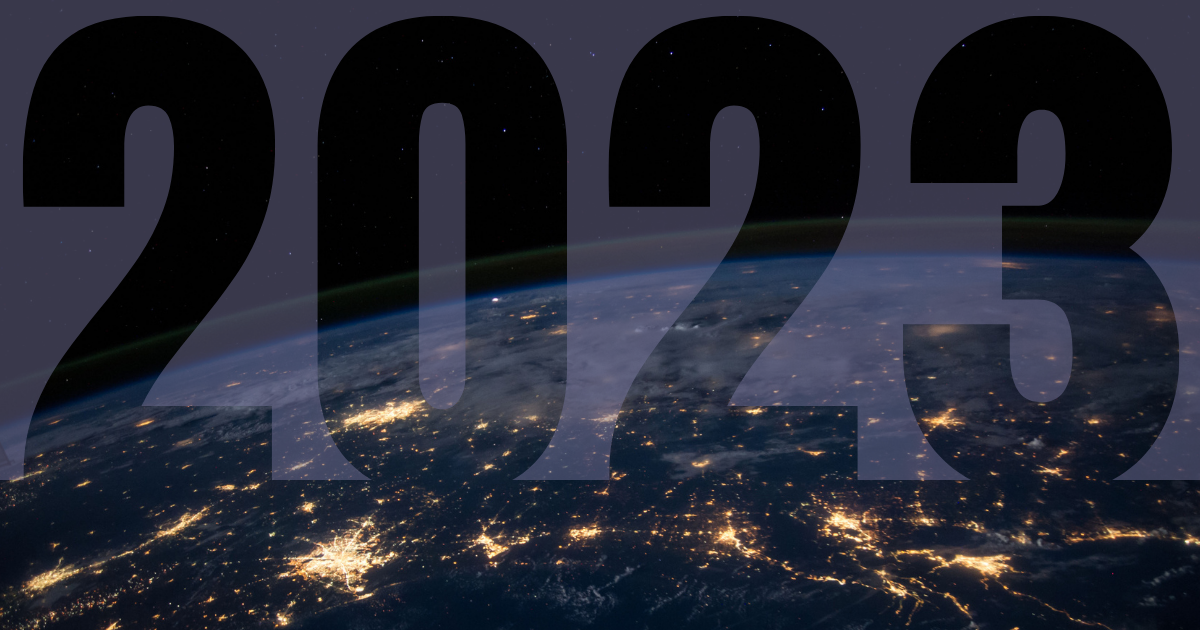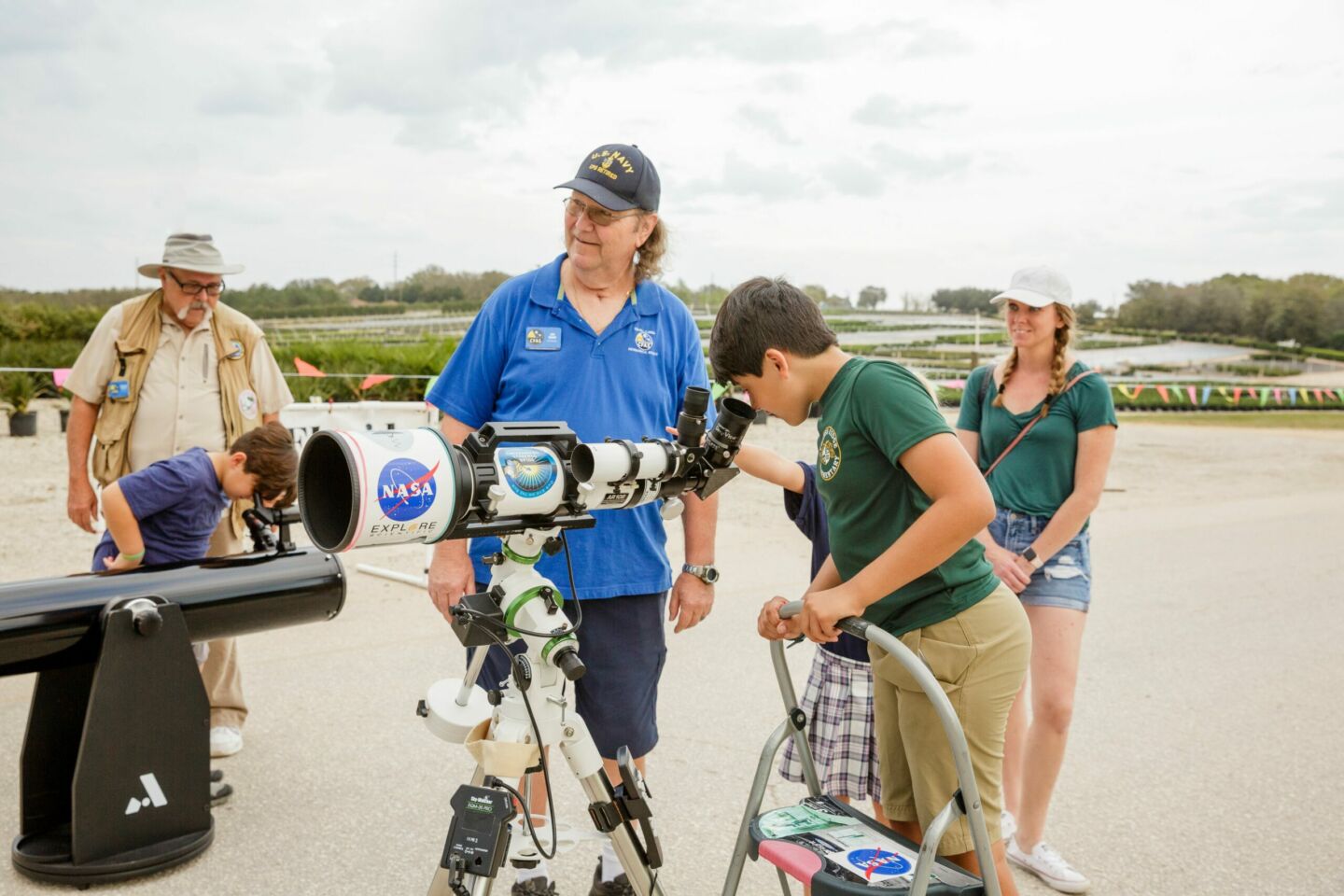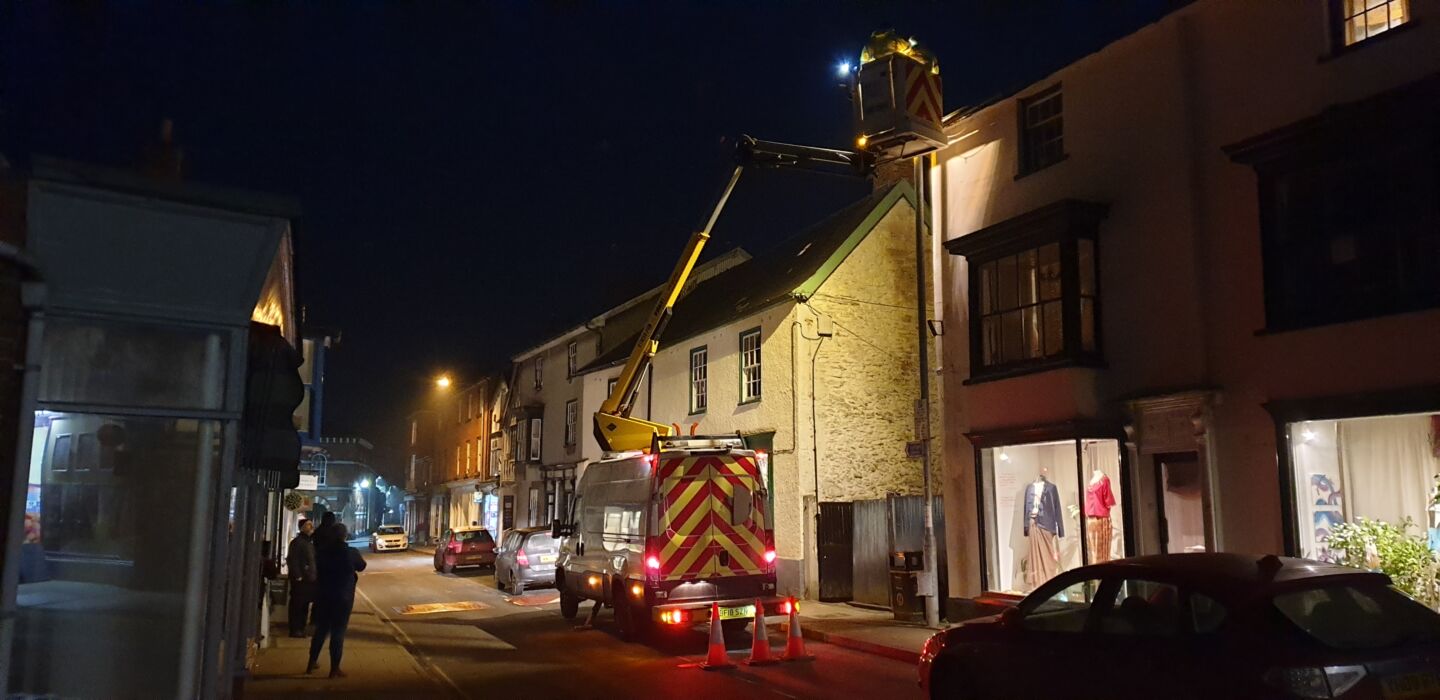
First International Dark Sky Place Established In Japan
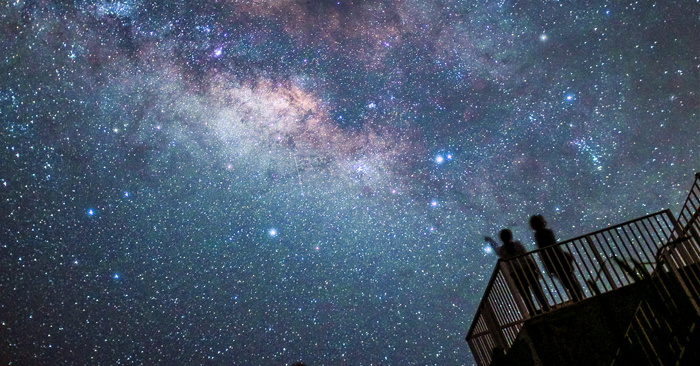
Iriomote-Ishigaki National Park, located in the Okinawa Prefecture, Japan, has been designated an International Dark Sky Park. It is the first location in Japan to receive accreditation through the International Dark Sky Places Program, and only the second such designation to date in all of Asia.
“We are tremendously pleased by today’s announcement of the very first International Dark Sky Place in Japan,” said IDA Executive Director J. Scott Feierabend. “It is an important sign of rising regional awareness of the value of dark skies, and an outcome we hope will encourage the establishment of more such protected areas in Asia.”
The national park sprawls over a land area of about 406.53 square kilometers (157 square miles) of the Yaeyama Islands, the southernmost territory of Japan. The islands are 270 kilometers (168 miles) east of Taiwan in the East China Sea, and the park preserves a unique subtropical natural scenery. The islands, ringed by living coral reefs, provide refuge for a number of threatened plant and animal species, including an endemic firefly species that relies on natural darkness to survive.
“Japan is known as one of the brightest countries at night in the world,” explained IDA Tokyo chapter leader Nobuaki Ochi. “Through this epoch-making designation of Iriomote-Ishigaki National Park, I expect that more and more Japanese people will become aware of negative aspects of too-bright environments and recognize the beauty of primitive night skies and the importance of natural darkness anew.”
IDA awarded the national park a `Provisional’ International Dark Sky Park status in part due to its unusual circumstances. In addition to the park, the islands host a permanent population of about 54,000 inhabitants concentrated into two municipalities, Ishigaki City and Taketomi Town.
Nearly 90% of the residents live in Ishigaki City, which is Yaeyama’s main transportation and commercial hub. While the national park preserves remarkably dark night skies, the light from settled areas presents a significant challenge.
As part of the IDA application process, the municipalities pledged to bring all publicly owned lighting into compliance with the park’s outdoor lighting plan. Given the large number of light fixtures in need of rehabilitation, the Provisional status allows additional time after the initial designation to budget for and complete the retrofits.
These changes will contribute positively toward improving nighttime conditions throughout the islands, whose economy depends heavily on tourism. Increasingly, tour operators are diversifying their offerings by adding nighttime stargazing sessions at various locations within the national park.
Understanding the value of this opportunity, an array of local and regional governments, civic organizations, and interested residents has worked to promote the public appreciation of dark skies and an understanding that the quality of the tourist draw relates to decisions people make in their everyday lives.
This has led to increased awareness of the impact of outdoor lighting to nighttime conditions in the park. Local authorities have issued new lighting guidance in support of these efforts, and issued a schedule of public lighting retrofits to achieve full compliance with outdoor lighting policies by 2023.
Takahiro Ueno, CEO of Hoshizora Tourism Ltd, a tour company in Ishigaki City, believes that the new International Dark Sky Park is a hopeful development for the islands.
“It is a great honor for us that the value of Yaeyama’s starry sky has been recognized internationally by this designation,” Ueno said. “As the first dark sky place in Japan, we are willing to lead Japanese societies to form a better community, where human’s life coexists with nocturnal ecosystem, and promote the value of dark skies nationally and internationally.”







